Home>Furniture & Design>Outdoor Furniture>How To Protect Outdoor Plants From Winter
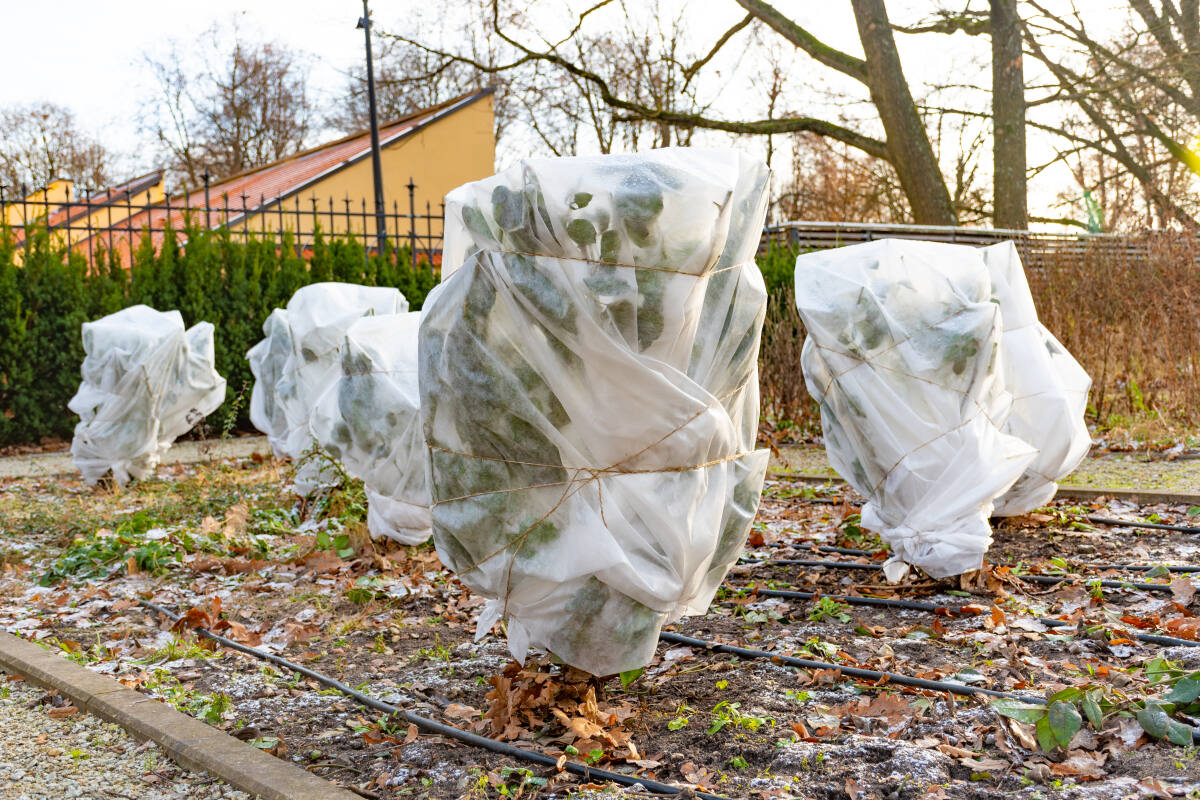

Outdoor Furniture
How To Protect Outdoor Plants From Winter
Modified: March 5, 2024
Learn how to protect your outdoor plants from winter damage with our expert tips and advice. Keep your outdoor furniture safe and maintain its design throughout the winter season.
(Many of the links in this article redirect to a specific reviewed product. Your purchase of these products through affiliate links helps to generate commission for Storables.com, at no extra cost. Learn more)
Introduction
As the vibrant colors of autumn fade into the crisp embrace of winter, the outdoor garden undergoes a transformative journey. The transition from the flourishing warmth of summer to the serene cold of winter presents unique challenges for outdoor plants. However, with thoughtful preparation and diligent care, you can safeguard your outdoor plants from the harshness of winter, ensuring their vitality and resilience.
In this comprehensive guide, we will explore the essential strategies for protecting outdoor plants during the winter months. From understanding the specific needs of plants in winter to selecting the most suitable varieties for your climate, we will delve into the intricacies of winter plant care. Moreover, we will discuss the crucial steps for preparing and safeguarding outdoor plants, along with the ongoing maintenance required to sustain their well-being throughout the winter season.
Join us on this enlightening journey as we unravel the secrets to nurturing and preserving the beauty of outdoor plants in the face of winter's icy grasp. Let's embark on this horticultural adventure, where the delicate balance between nature and nurture unfolds in the enchanting realm of outdoor plant care.
Key Takeaways:
- Protect outdoor plants in winter by understanding their specific needs, choosing cold-hardy varieties, and providing insulation and protection from harsh weather to ensure their resilience and vitality.
- Prepare and maintain outdoor plants during winter by pruning, mulching, and monitoring moisture levels, while also implementing protective measures such as windbreaks and anti-desiccant sprays to nurture a resilient garden.
Read more: How To Protect Outdoor Plants From Frost
Understanding the Needs of Outdoor Plants in Winter
Winter poses a myriad of challenges for outdoor plants, as they must adapt to the frigid temperatures, limited sunlight, and potential exposure to harsh winds and snow. Understanding the specific needs of outdoor plants during this season is crucial for ensuring their survival and vitality.
1. Temperature Tolerance: Different plants exhibit varying degrees of tolerance to cold temperatures. Some are hardy and can withstand frost and snow, while others are more delicate and susceptible to damage. It is essential to research the specific temperature thresholds for each plant in your garden to determine the level of protection required.
2. Moisture Management: Winter precipitation, including snow and freezing rain, can impact the moisture levels in the soil. Proper drainage is vital to prevent waterlogging, which can lead to root rot and other moisture-related issues. Additionally, some plants may require supplemental watering during dry winter spells to maintain adequate hydration.
3. Sunlight Exposure: The reduced daylight hours during winter can affect the photosynthesis process in plants. Understanding the sunlight requirements of different species is crucial for optimal placement within your outdoor space. Some plants may benefit from strategic positioning to maximize exposure to the limited winter sunlight.
4. Wind Protection: Strong winter winds can desiccate plant foliage and cause physical damage. Creating windbreaks or utilizing protective coverings can shield plants from the brunt of harsh winds, preserving their structural integrity and reducing moisture loss.
By comprehending the unique needs of outdoor plants in winter, you can tailor your care strategies to provide targeted support, ultimately fostering their resilience and fortitude in the face of seasonal adversities.
Choosing the Right Plants for Your Climate
When it comes to cultivating outdoor plants, selecting varieties that are well-suited to your specific climate is paramount. Different regions exhibit diverse weather patterns and temperature fluctuations, necessitating careful consideration when choosing plants for your outdoor space.
1. Hardiness Zones: The United States Department of Agriculture (USDA) Hardiness Zone Map provides valuable insights into the climatic conditions of different regions, categorizing areas based on their average annual minimum temperatures. By identifying your hardiness zone, you can determine which plants are most likely to thrive in your local climate, thereby guiding your selection process.
2. Native and Adaptive Species: Native plants are inherently adapted to the environmental conditions of their region, making them well-equipped to withstand the challenges posed by local climates. Additionally, adaptive species, though not native, have demonstrated resilience and compatibility with specific climates, offering sustainable and low-maintenance options for outdoor gardens.
3. Cold-Hardy Varieties: For regions prone to harsh winters, prioritizing cold-hardy plant species is essential. These resilient varieties can endure freezing temperatures and inclement weather, ensuring that your outdoor garden remains vibrant and robust even in the depths of winter.
4. Drought-Resistant Options: In arid or semi-arid climates, selecting drought-resistant plants is instrumental in conserving water and promoting sustainable gardening practices. These species possess mechanisms to thrive in low-moisture environments, minimizing the need for extensive irrigation during dry spells.
By carefully assessing the unique climatic characteristics of your region and aligning your plant selection with the prevailing environmental factors, you can establish an outdoor garden that harmonizes with nature, flourishing in synergy with the climate-specific conditions. Embracing the inherent beauty and adaptability of plants suited to your climate fosters a thriving outdoor sanctuary that embodies the essence of sustainable and resilient gardening.
Preparing Outdoor Plants for Winter
As the autumn season transitions into winter’s embrace, proactive preparation is key to safeguarding outdoor plants from the impending cold and inclement weather. By implementing strategic measures to fortify and insulate your garden against the harsh realities of winter, you can mitigate potential damage and nurture the resilience of your cherished plant life.
1. Pruning and Trimming: Prior to the onset of winter, judicious pruning and trimming of outdoor plants are essential. Removing dead or diseased branches not only enhances the plants’ aesthetic appeal but also promotes overall health and vigor. Additionally, trimming back excessive growth can prevent damage from heavy snow accumulation and minimize vulnerability to winter-related stressors.
2. Mulching for Insulation: Applying a layer of organic mulch around the base of outdoor plants provides insulation against fluctuating temperatures and helps maintain consistent soil moisture. Mulch acts as a protective barrier, shielding the roots from extreme cold while preserving essential moisture levels, thereby fostering a conducive environment for plant survival during winter.
3. Hydration and Nutrition: Adequate hydration and nourishment are crucial for plants as they prepare for the dormancy of winter. Deep watering prior to the ground freezing helps plants access essential moisture reserves, fortifying them against potential dehydration. Furthermore, applying a balanced, slow-release fertilizer can provide the necessary nutrients to sustain plant health during the dormant winter months.
4. Protective Coverings and Structures: For particularly sensitive plants or those susceptible to frost damage, the use of protective coverings, such as burlap wraps or frost cloths, can offer an additional layer of defense against harsh winter conditions. Similarly, installing temporary structures, such as cold frames or hoop houses, can create sheltered microclimates, shielding plants from the brunt of winter’s chill.
By meticulously preparing your outdoor plants for the trials of winter, you can empower them to weather the seasonal challenges with resilience and vitality. This proactive approach not only safeguards the well-being of your garden but also sets the stage for a triumphant resurgence as the warmth of spring heralds a new chapter in the ever-evolving tapestry of nature.
Covering outdoor plants with a layer of mulch or burlap can help protect them from harsh winter conditions. This extra insulation can prevent the plants from freezing and keep them healthy until spring.
Providing Winter Protection for Outdoor Plants
As winter descends upon the outdoor landscape, providing effective protection for your plants is paramount to ensure their survival and well-being amidst the harsh elements. By implementing targeted strategies to shield and support your outdoor flora, you can mitigate the detrimental effects of winter and nurture a resilient garden that thrives despite the seasonal adversities.
1. Windbreaks and Barriers: Erecting windbreaks, such as fences, hedges, or temporary barriers, can shield vulnerable plants from the damaging impact of strong winter winds. These protective structures help create a sheltered microclimate, reducing the risk of desiccation and physical damage caused by relentless gusts.
2. Anti-Desiccant Sprays: Applying anti-desiccant sprays to the foliage of broad-leaved evergreens and other susceptible plants forms a protective coating that minimizes moisture loss. This safeguarding measure is particularly beneficial in regions where winter winds and low humidity can exacerbate dehydration and stress on plants.
3. Wrapping and Covering: Delicate or frost-sensitive plants can benefit from being wrapped with burlap or covered with frost cloths during periods of extreme cold. These protective coverings act as insulation, shielding plants from freezing temperatures while allowing sufficient airflow to prevent moisture buildup and fungal issues.
4. Snow Management: In regions prone to heavy snowfall, gently brushing off accumulated snow from plant branches and foliage can prevent structural damage and breakage. Additionally, strategically compacting snow around the base of plants can provide insulation, safeguarding the root system from temperature fluctuations.
5. Temporary Shelters: Constructing temporary shelters, such as A-frame structures or cold frames, offers a controlled environment for overwintering delicate plants or nurturing cold-sensitive specimens. These shelters provide regulated protection, allowing for customized climate management to support the specific needs of the plants within.
By implementing these protective measures, you can create a nurturing sanctuary for your outdoor plants, shielding them from the brunt of winter’s harshness and fostering an environment where resilience and vitality prevail. Embracing the role of guardian and caretaker, you empower your garden to endure and thrive, embodying the enduring spirit of nature’s resilience in the face of seasonal challenges.
Read more: How To Protect Outdoor Plants From Freeze
Monitoring and Maintaining Outdoor Plants During Winter
Throughout the tranquil expanse of winter, vigilant monitoring and attentive maintenance are essential to sustain the well-being of outdoor plants as they navigate the challenges of the season. By staying attuned to the evolving needs of your garden and implementing proactive care practices, you can safeguard the vitality of your cherished plant life and nurture their resilience amidst the winter landscape.
1. Periodic Inspections: Regularly inspecting outdoor plants for signs of stress, damage, or disease is crucial during winter. Vigilant observation allows for the early detection of potential issues, enabling prompt intervention to mitigate any adverse effects and preserve plant health.
2. Moisture Management: Monitoring soil moisture levels is vital, especially in regions where winter precipitation is sporadic. Balancing the hydration needs of plants by providing supplemental watering during dry spells while ensuring proper drainage to prevent waterlogging is essential for their well-being.
3. Snow and Ice Removal: Gentle removal of snow and ice from plant branches and structures prevents excessive weight accumulation, minimizing the risk of breakage and damage. Carefully clearing pathways and access points also facilitates ease of maintenance and access to plants when necessary.
4. Pruning and Grooming: Conducting selective pruning and grooming as needed helps maintain the structural integrity and aesthetics of outdoor plants. Removing dead or damaged branches, shaping growth, and addressing any winter-related issues contribute to the overall health and appearance of the garden.
5. Pest and Wildlife Management: Monitoring for pest activity and wildlife intrusion is essential, as certain insects and animals may seek shelter or forage among outdoor plants during winter. Implementing appropriate deterrents and protective measures can safeguard plants from potential harm.
6. Adjusting Protective Measures: As winter progresses, periodically assess the effectiveness of protective coverings, mulch layers, and other safeguarding measures. Adjusting these protections in response to changing weather conditions ensures that plants receive optimal support and defense against winter’s challenges.
By maintaining a steadfast commitment to the well-being of your outdoor plants and embracing the role of stewardship, you cultivate a nurturing environment where the resilience and beauty of nature endure. Through attentive monitoring and dedicated care, you foster a harmonious coexistence with your garden, embodying the timeless bond between caretaker and flora in the serene tapestry of winter’s embrace.
Conclusion
As the tranquil beauty of winter envelops the outdoor landscape, the art of nurturing and safeguarding outdoor plants assumes a profound significance. From understanding the nuanced needs of plants in winter to selecting resilient varieties aligned with your climate, the journey of winter plant care is a testament to the enduring harmony between nature and attentive stewardship.
By embracing the principles of preparation, protection, and vigilant maintenance, you fortify your outdoor garden against the rigors of winter, fostering a sanctuary where the resilience and vitality of plants flourish amidst the serene expanse of snow-laden landscapes and frost-kissed foliage.
As the season unfolds its tranquil embrace, the delicate dance between caretaker and garden unfolds, weaving a narrative of resilience, adaptation, and the enduring spirit of nature. Through your unwavering dedication and thoughtful care, you become a guardian of this timeless narrative, preserving the beauty and vitality of outdoor plants as they gracefully endure the hushed majesty of winter.
May your garden stand as a testament to the enduring bond between steward and flora, where the delicate balance of nature and nurture converges in a symphony of resilience and beauty. As you traverse the tranquil expanse of winter, may the enduring spirit of your outdoor plants inspire and uplift, embodying the timeless resilience and grace that defines the essence of nature’s enduring embrace.
Frequently Asked Questions about How To Protect Outdoor Plants From Winter
Was this page helpful?
At Storables.com, we guarantee accurate and reliable information. Our content, validated by Expert Board Contributors, is crafted following stringent Editorial Policies. We're committed to providing you with well-researched, expert-backed insights for all your informational needs.
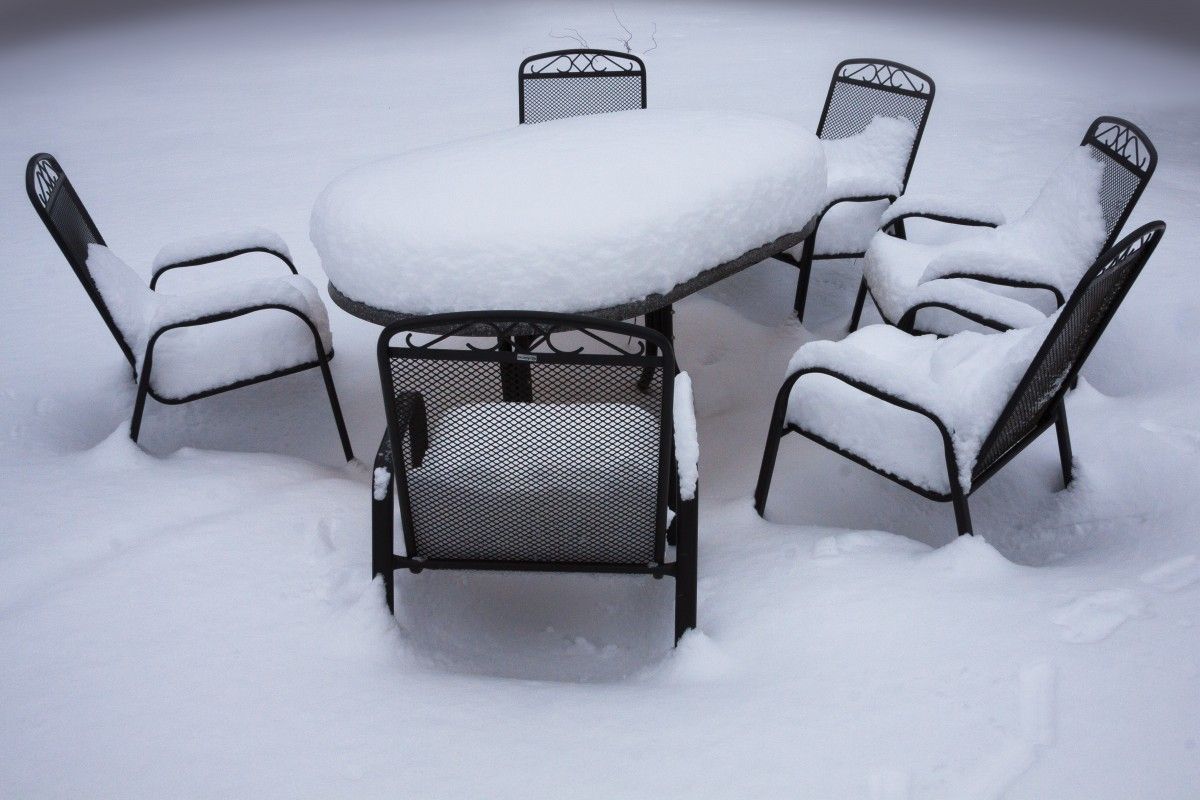
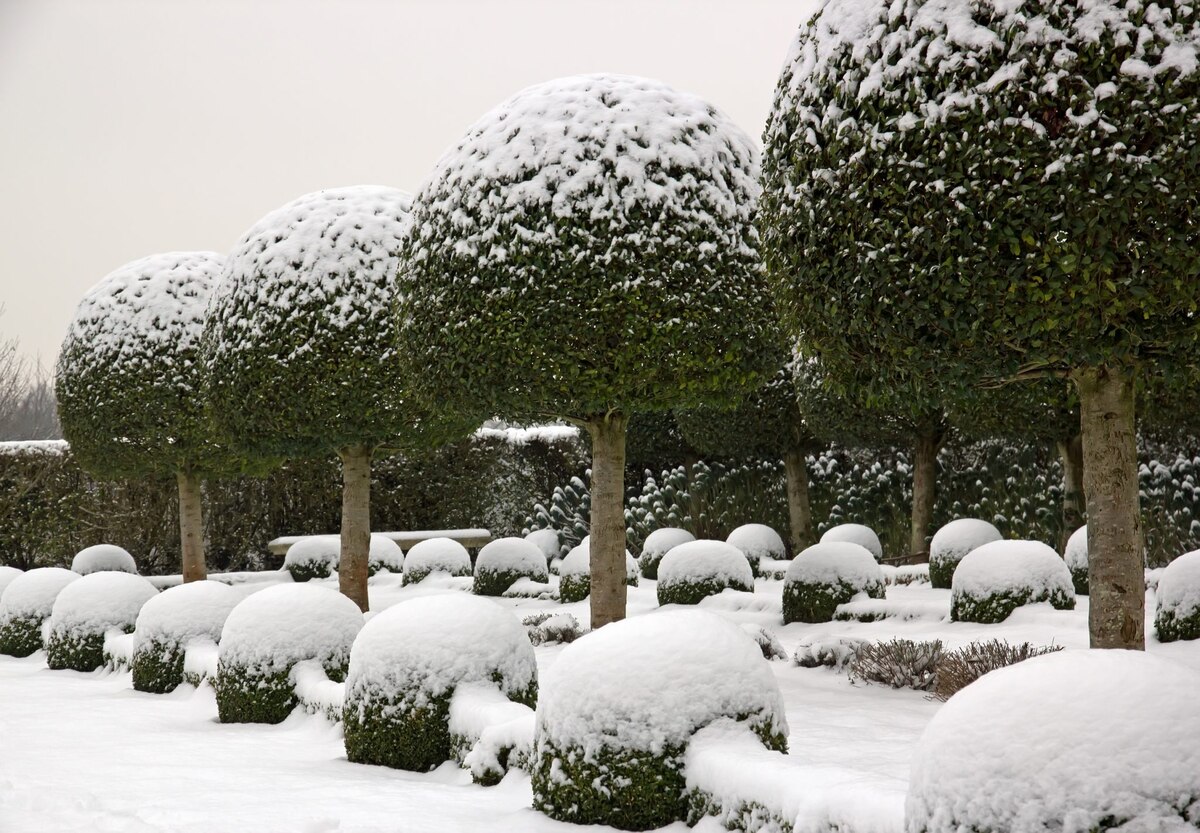
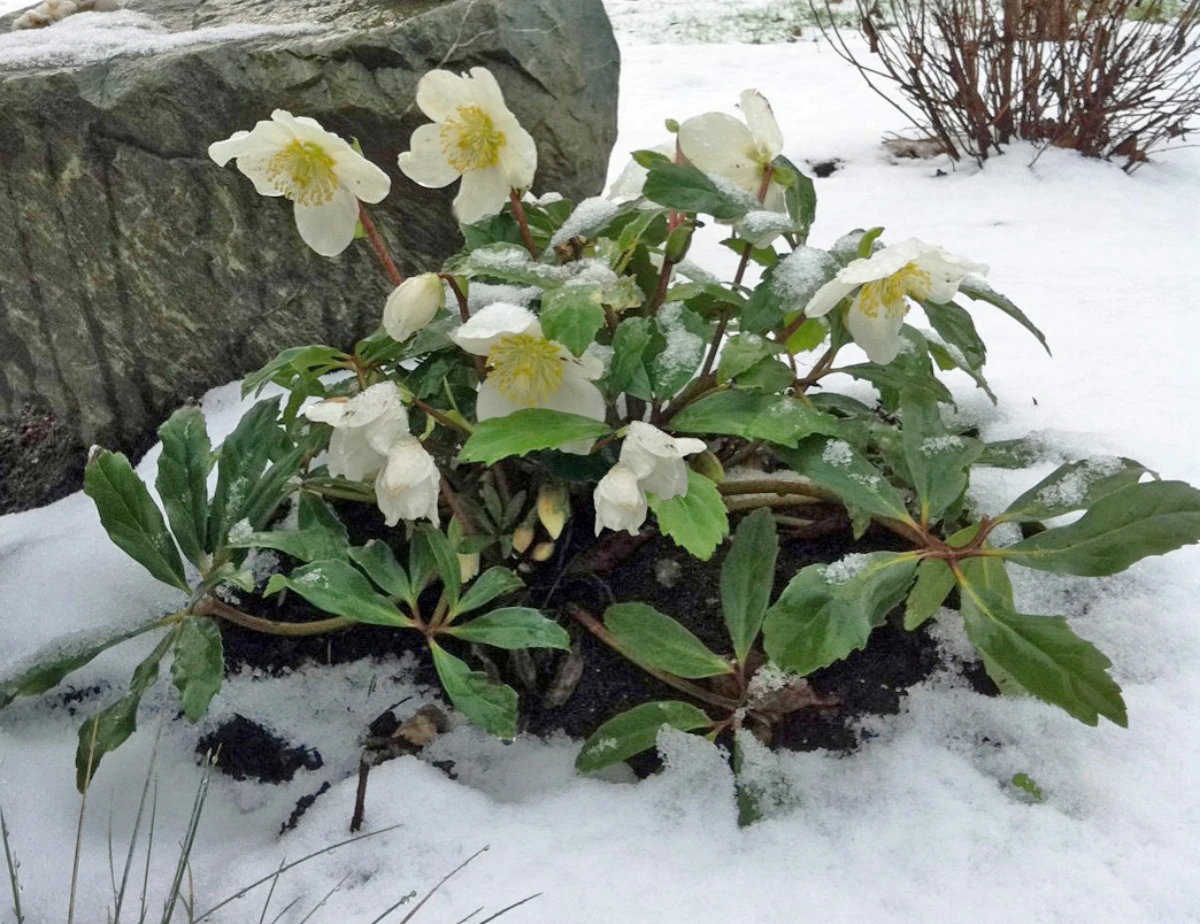





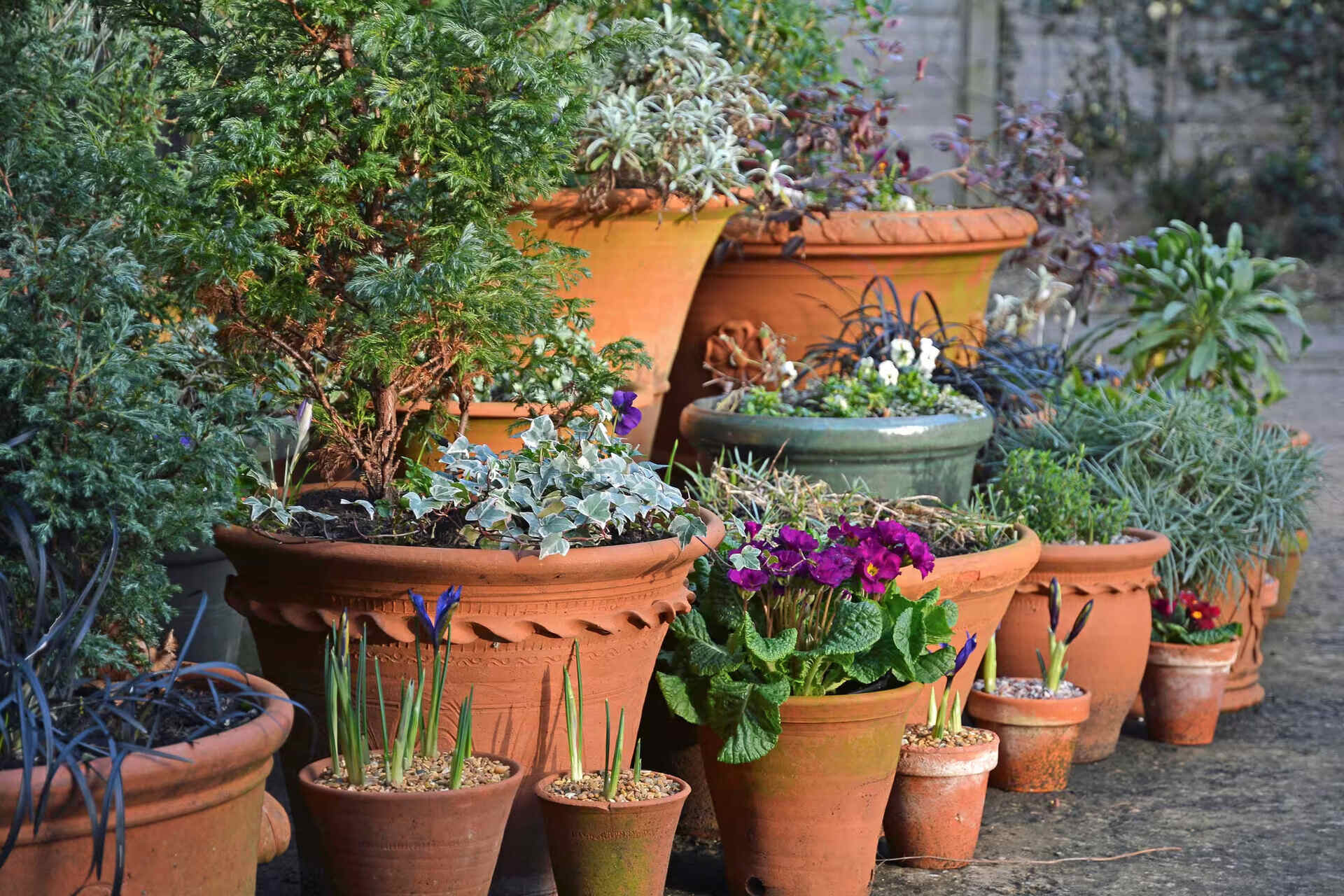


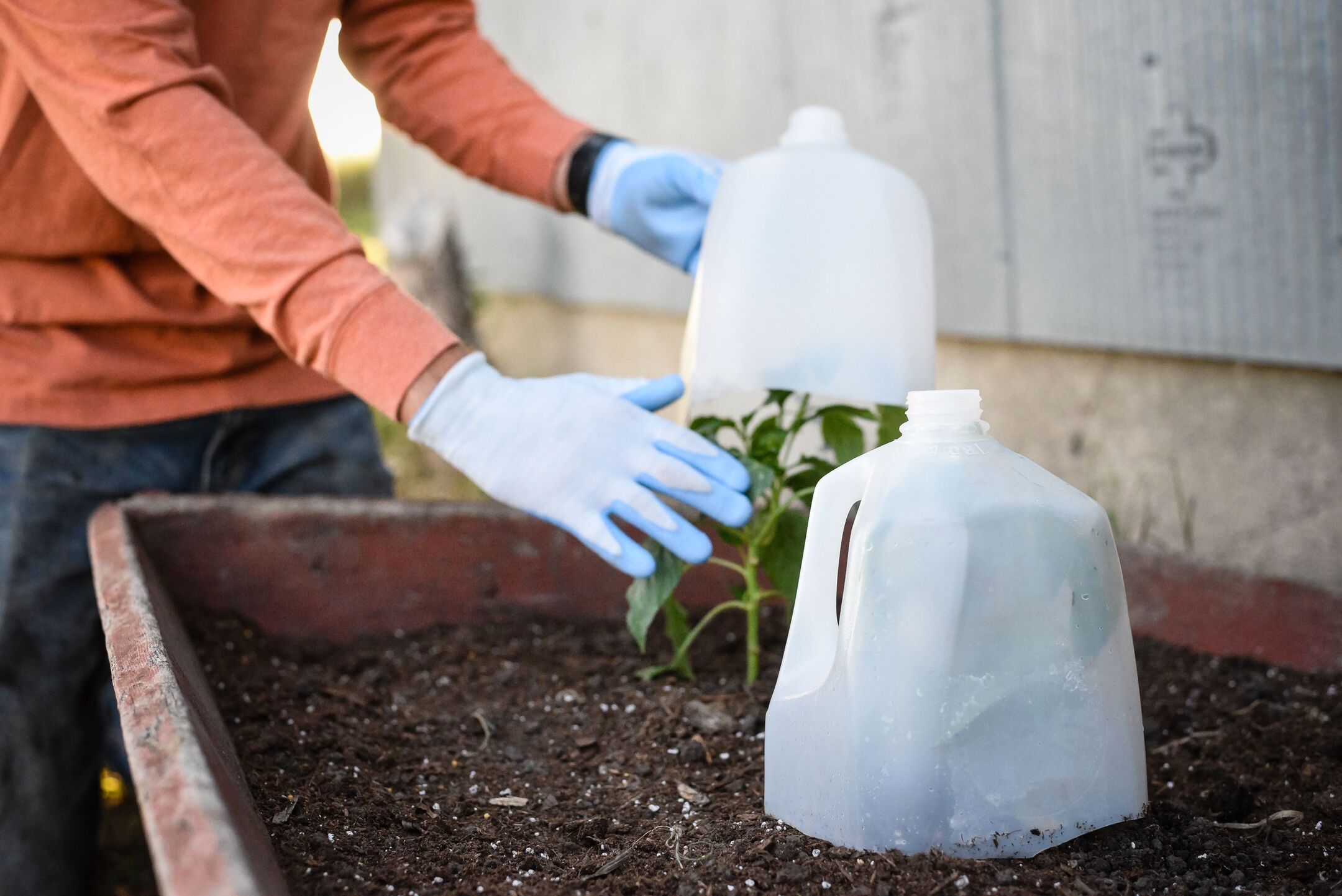



0 thoughts on “How To Protect Outdoor Plants From Winter”